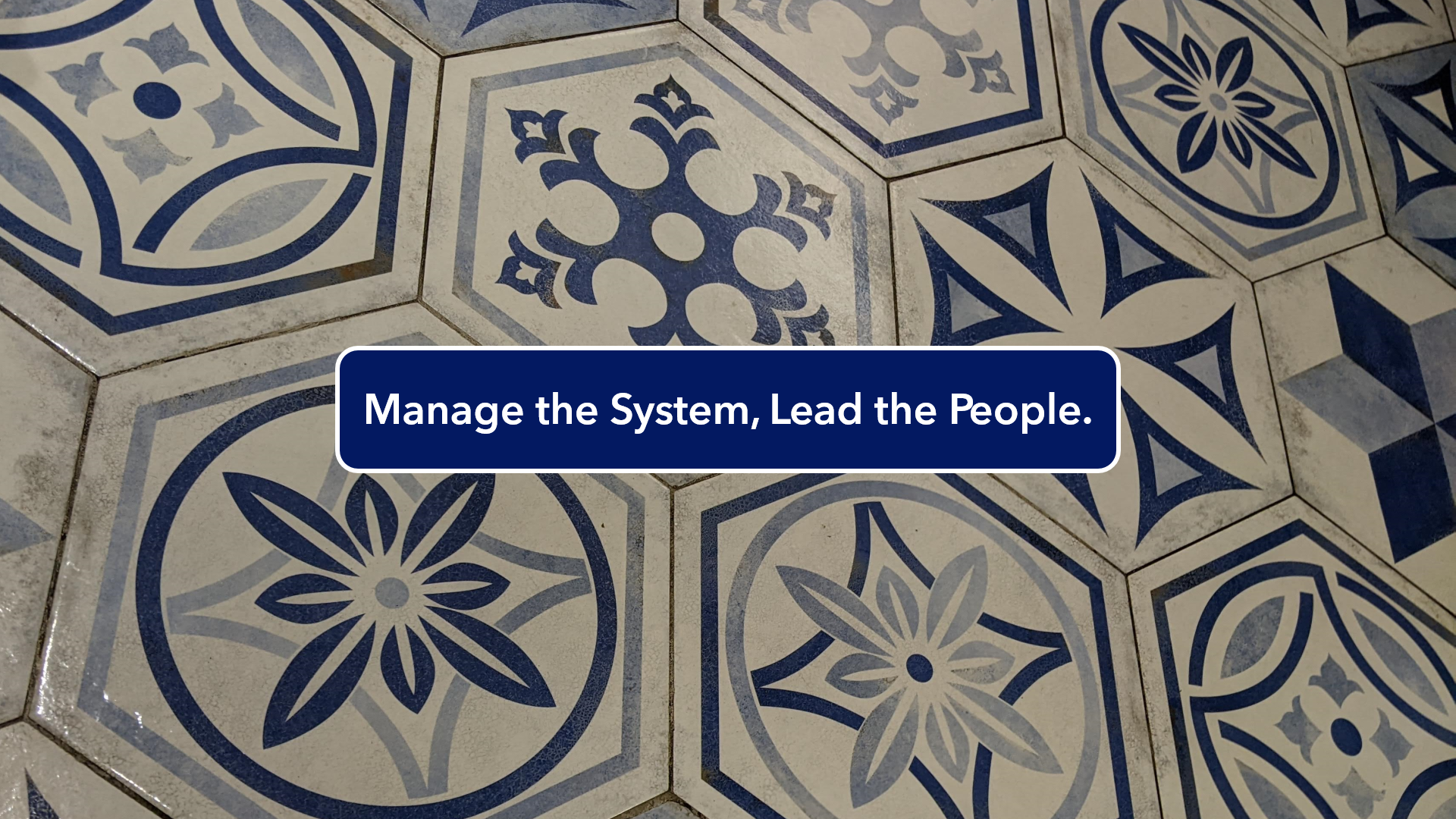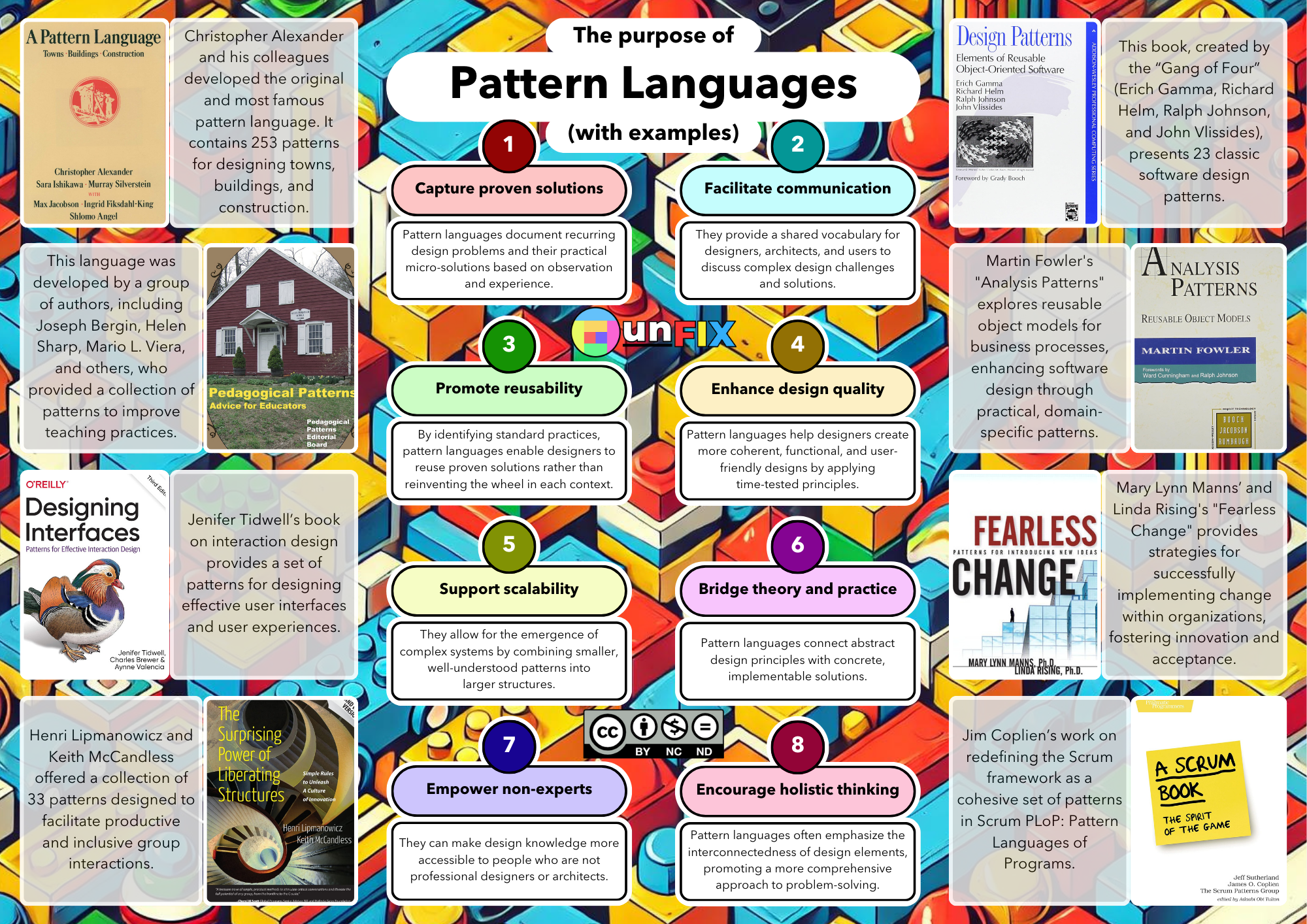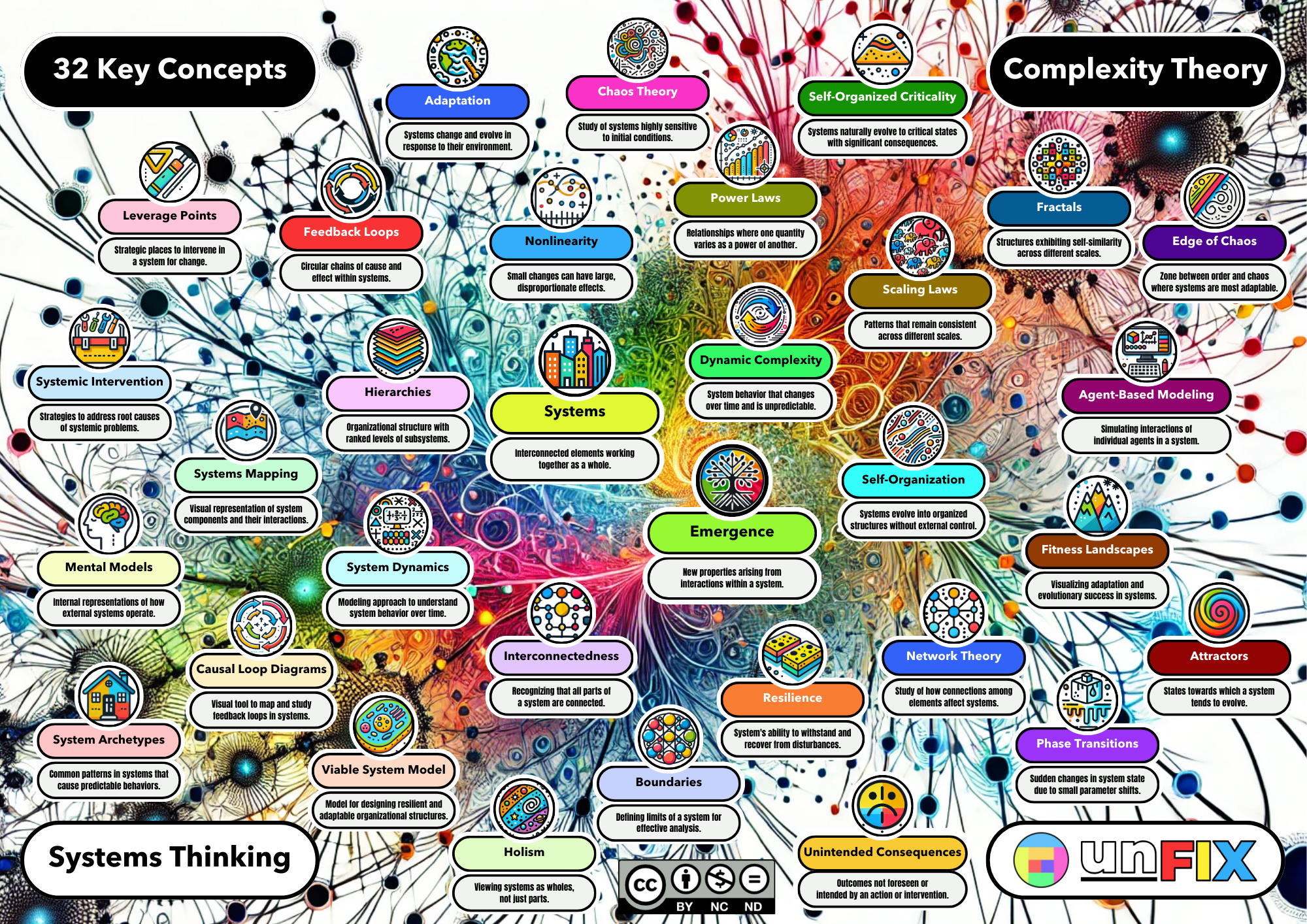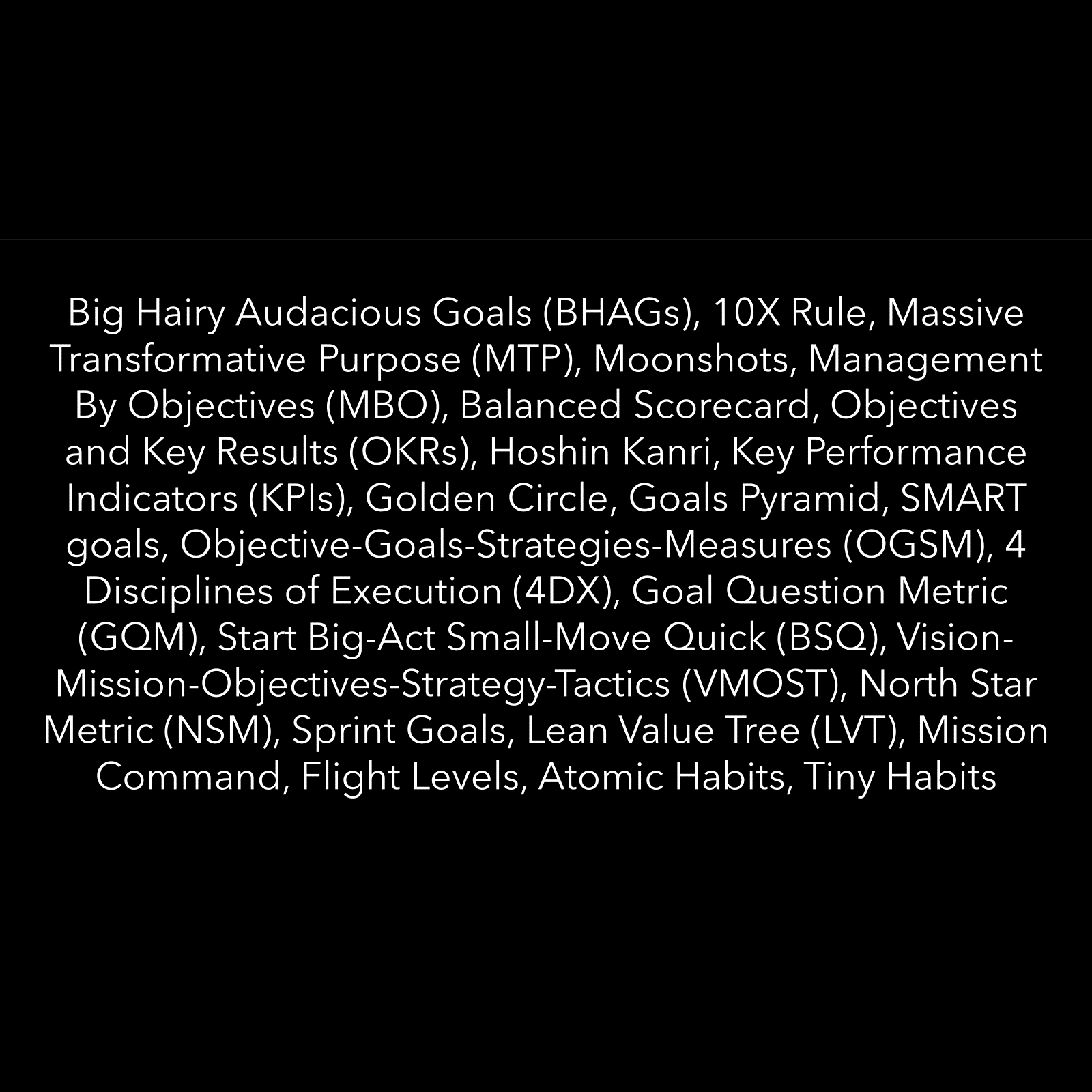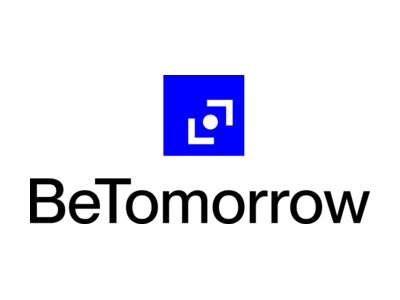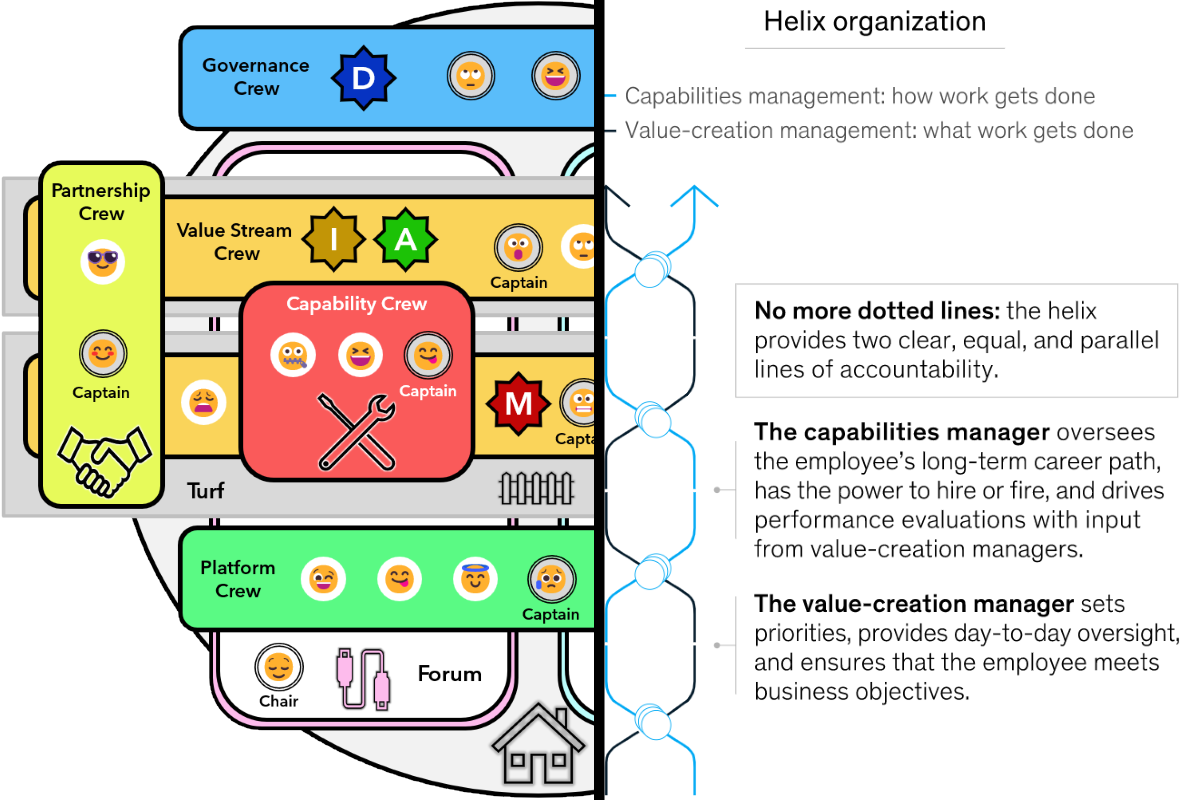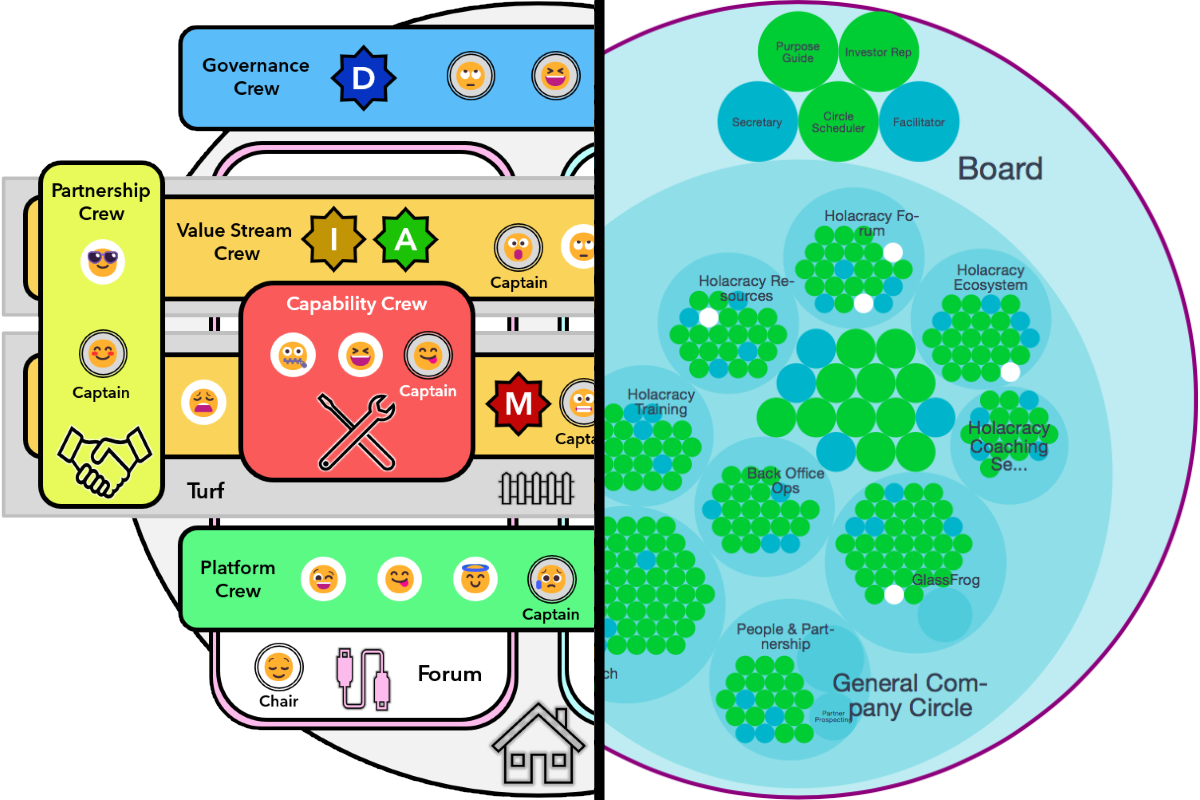
unFIX Principles
"What are the values and principles behind unFIX?" people have asked several times. We understand the usefulness of being able to explain the "Why?" behind the unFIX elements. Why are some patterns often good? Why are other practices usually bad?
But we try not to be too reductionist in our approach. We intend to maintain a dynamic set of principles. Now and then, there is a good reason to discuss a principle, modify an existing one, or maybe even retire one. On this page, you find the collection as it exists at this moment.
It might be better if agile frameworks were decomposed into pattern libraries, similar to unFIX. It all depends on context, and everything is optional.
You only fail when you waste your money, health, or time. And you fail when you stop trying and learned nothing.
A focus on products is still sub-optimization. The customer cares more about their experience than about your product or service.
If you choose to include customers in your picture, consider including all external stakeholders. The organization exists to offer a value exchange with all stakeholders, not only customers. Everyone expects to benefit from it.
If you make sure that no role and no team can get away with ignoring the needs of their local environments, you end up with a fully optimized organization, where nobody sees the whole picture.
We should keep things as simple as possible. Needless complication is undesirable. But reducing variety is not an option.
Organization patterns are good when they promote leadership over management and prioritize the management of systems over the management of people.
Deeper Insights
Pattern languages aim to make the design and development of complex and context-dependent solutions more effective and collaborative.
Systems thinking and complexity science offer a solid foundation for Lean, Agile, and other modern approaches to organizational design and development.
Organizations are addicted to goal-setting. Aiming for what’s new must be balanced with protecting what we have.
Case Studies
Nordeck's story is not just about embracing a new framework or model; it's about a profound transformation from within.
Models and Frameworks
Every point McKinsey lists as a difference to a matrix is an almost exact description of a matrix. And that’s fake agile. Or, as some people call it, agile theatre.
You don’t create a happy culture by rolling in the consultants, toppling the autocratic managers, installing a democratic system, and pulling out. I’m not touching a tool that’s so fundamentally flawed.
There are no conflicts between Team Topologies and unFIX. The minor differences are easily reconciled, and it’s easy to use both tools in parallel.







